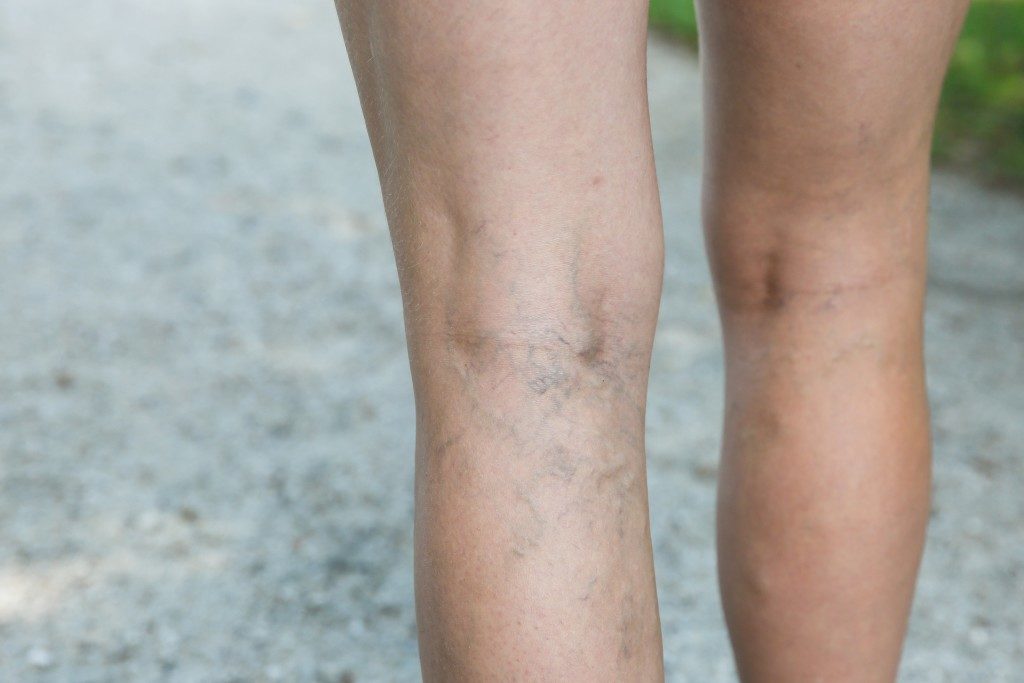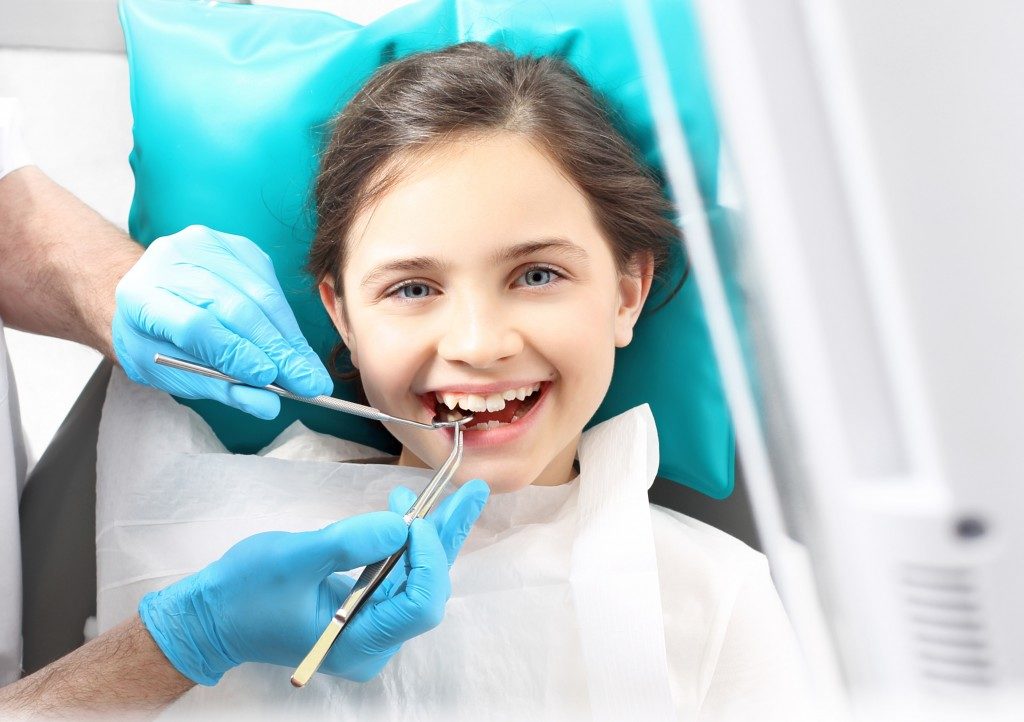- Recognize the symptoms of body dysmorphia, such as skipping meals, avoiding social situations, and obsessing over appearance.
- Create an open and supportive environment for your teen to share their experiences.
- Encourage teens to seek professional help for treatment and recovery.
- Help teenagers develop positive relationships with their bodies and focus on the positive things in their lives.
- Monitor progress and celebrate any milestones to encourage recovery.
Body dysmorphia is a mental disorder where one perceives their body as flawed, unattractive, or abnormal. This condition can lead to anxiety, depression, and self-harm in some cases. This condition primarily affects teenagers and young adults and can be challenging for all involved. This blog post will discuss how to recognize if your teenager is battling body dysmorphia and some ways you can help them.
1. Recognize the Symptoms
It can be tough to recognize symptoms since they can be easily disguised as other typical teenage behavior. Symptoms of body dysmorphia may include skipping meals, avoiding social situations, excessive makeup use, extreme grooming habits, obsessive exercising, constant checking in mirrors, and seeking reassurance about their appearance.
Just like many other mental conditions, body dysmorphia doesn’t have a single cause and can be caused by different factors such as genetic predisposition, cultural pressures, peer pressure, and trauma. You must recognize the symptoms to get the care and support needed and help them to move towards recovery.

2. Be Supportive and Listen to Your Teenager.
One of the most crucial things you can do as a parent is to create an open and supportive environment for your teenager to share their experiences. Body dysmorphia is often filled with shame, and opening up about their condition may be challenging. Try to talk to them with empathy and understanding, make them feel heard and respected, and actively listen to what they have to say.
3. Encourage Them to Seek Professional Help.
Body dysmorphia is a severe condition that needs professional intervention. As a parent, you can provide a safe space for your child to talk, but it may not be enough. Encouraging them to seek professional help can provide therapy and treatment to start their recovery journey. Help them find a mental health provider specializing in body dysmorphia and get them involved in group therapy to interact with others with a similar problem.
Some people also develop eating disorders which can be more dangerous than body dysmorphia if left untreated. If your child has this, consider an intensive outpatient eating disorder program that can provide them with the care and support they need. They will also be given resources such as therapy, nutrition counseling, and support groups to help them better understand their condition and learn how to manage it.
4. Help Them Develop a Positive Body Image.
Society sets unrealistic expectations of body type, and the media always doesn’t help either. Help your teenager understand that their imperfections don’t define them and are just a part of their person and how they look. Help them develop a positive relationship with their body, be comfortable in their skin and focus on the positive things in their life. Here are some practical ways to do this:
a. Follow body-positive accounts on social media.
Different forms of media can significantly impact how people see themselves. Help your teenager find positive role models to look up to and follow body-positive media accounts.

b. Find a self-care routine.
Self-care is essential for all, regardless of your age or condition. Help your teen find activities they enjoy, such as yoga, journaling, painting, or anything else that helps them relax and take their mind off body dysmorphia.
c. Talk about positive qualities.
Focus on what your teen is good at, their talents, and goals. Start conversations about these and encourage them to work towards these goals.
d. Show them that beauty is subjective.
Beauty is in the eye of the beholder. Help your teen understand that beauty and attractiveness have no definition. When they are feeling down, remind them of the beauty within themselves and that beauty lies in everyone.
5. Monitor Their Progress and Celebrate Milestones.
Recovery from body dysmorphia does not happen overnight. It’s a continuous process that requires consistent effort and support. Ensure you maintain a healthy dialogue with your teenager to monitor their progress, help them cope with setbacks, and celebrate those small milestones, such as building self-esteem, reducing anxious behavior, or increasing self-confidence.
Body dysmorphia is challenging, but it is essential to remember that recovery is possible. Helping your teenager starts by creating an open dialogue, recognizing the symptoms, and encouraging them to seek professional help. With your guidance, compassion, and support, you can help them develop a positive body image, monitor their progress, and celebrate their milestones. Most importantly, remember to have patience and be there for your teen every step of the way.




